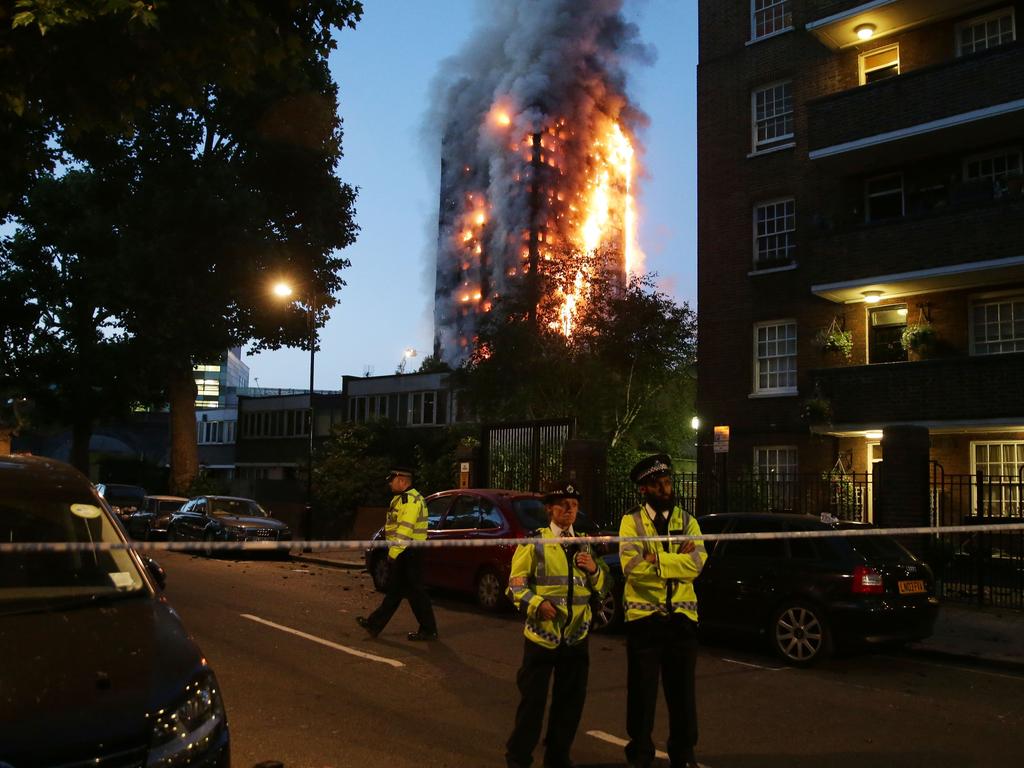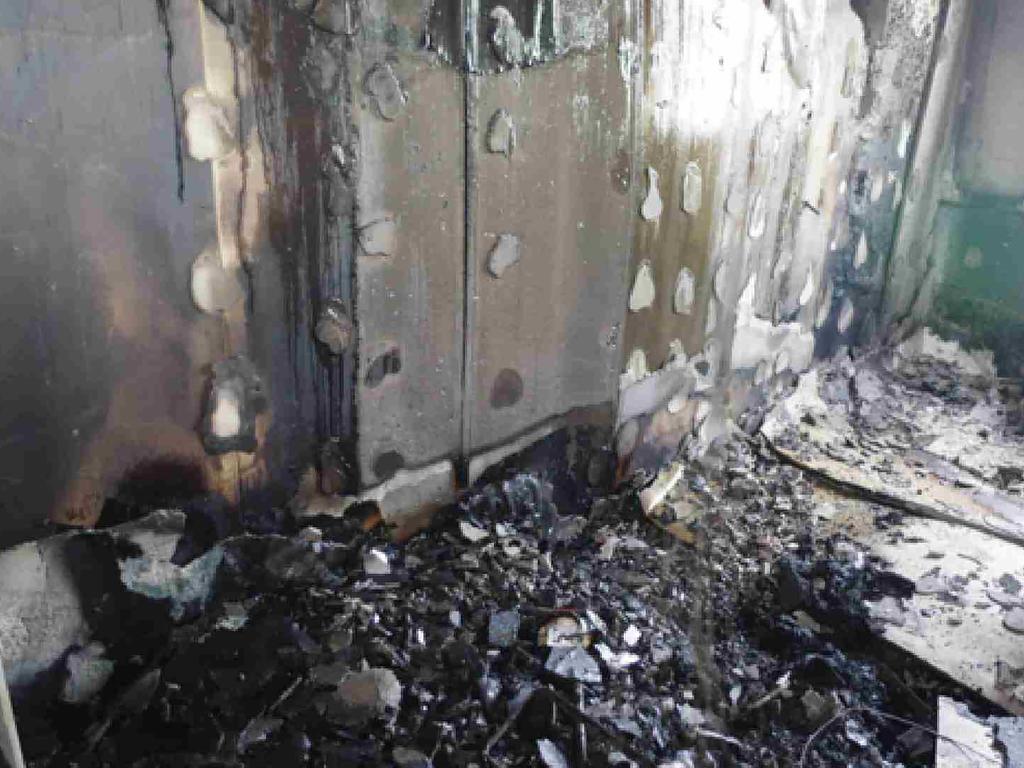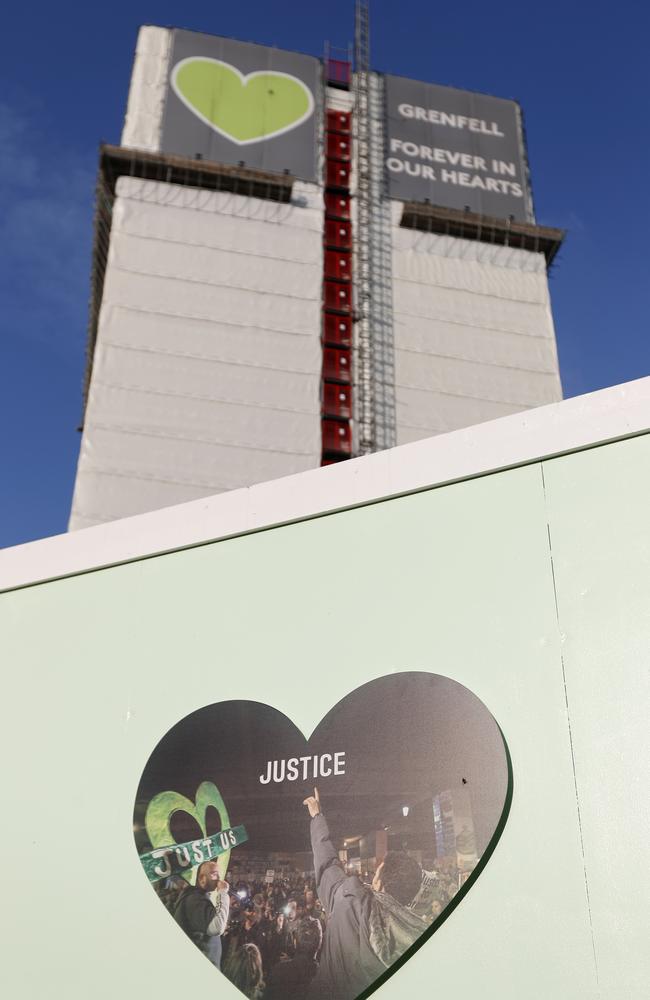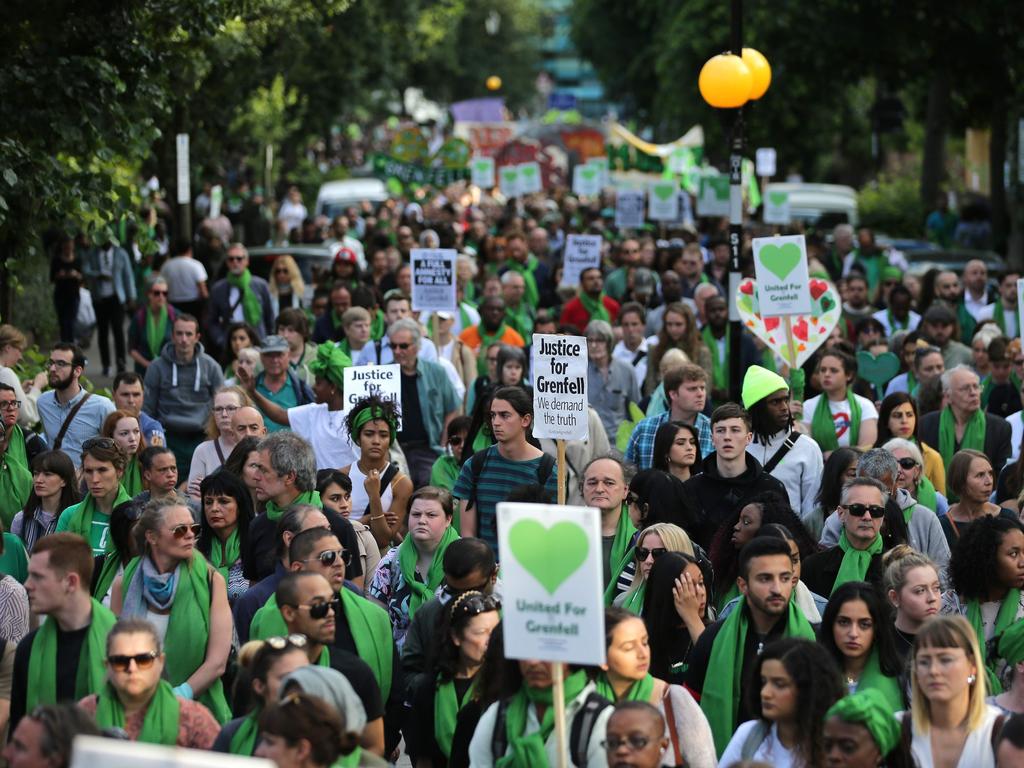‘Stay put’: The emergency advice that failed victims of Grenfell Tower blaze
When a small kitchen incident sparked a blaze that turned Grenfell Tower into a death trap, two words of advice from emergency services failed residents.
Just before 1am on the morning of June 14, 2017, Behailu Kebede was woken by an “unusual beeping sound” in the kitchen of flat 16 in Grenfell Tower, west London.
He soon realised it was the smoke alarm and woke his housemates, Almaz Kinfu and Elsa Afeworki. At 00:54 he phoned the fire brigade over smoke coming from what was later revealed to be a fault in the fridge-freezer in the kitchen.
“Yeah, hello, hi. In the fire is flat 16, Grenfell Tower,” he said in broken English to the control room operator. He knocked on the door of his neighbours in flat four, switched off the electricity mains and left.
The horror that unfolded over the next three hours has gone down as one of the most nightmarish incidents in London’s history as 72 people lost their lives in towering inferno.


Now, phase one of an official inquiry has revealed how a combination of combustible cladding, confusion and miscommunication turned a run-of-the-mill domestic incident into a disaster of such magnitude.
The report details how the first firefighters reached the tower just four minutes after the initial emergency call, but by 1:09am the fire had burst through the window glazing and onto the exterior cladding of flat 16, where it climbed the building and engulfed floor after floor in smoke and flames.
Residents inside called emergency services to report what was happening but were repeatedly told to “stay put” – standard advice for a fire that would normally be contained within units and floors.
However the fact the Grenfell fire spread on the outside of the building, as well as failure to “compartmentalise” the blaze through inadequate door stops and doors being propped open by people evacuating and firefighters meant the fire quickly spread, filling the stairwells and lobbies with smoke.
Between 1:24 and 1:30am the emergency control room had received 20 calls for help. It was not until 2:35am – 90 minutes after the initial call – the decision was made to revoke the “stay put” advice and tell all those calling to leave.
By 8:07am that morning, Elpidio Bonifacio, the last survivor to leave the tower, was evacuated.
In all 227 people had escaped from Grenfell tower including a baby thrown from the building. That night, 71 people had lost their lives including an unborn baby who died in hospital. Another resident who escaped, Mariadel Pilar Burton, died seven months later.


‘FAILED TO REVOKE ‘STAY PUT’ ADVICE’
Inquiry head Sir Martin Moore-Bick said the fire was “without any fault” of Mr Kebede. Instead, “the principle reason of why the fire developed so fiercely was the presence of aluminium composite rainscreen panels containing a polyethylene core, which is highly combustible” on the outside of the building.
Insulation, boards and other combustible materials played a role, along with the decorative feature of an “architectural crown … introduced as part of the refurbishment” which helped the fire spread around the building.
Sir Martin paid tribute to the bravery of the firefighters who attended the scene and control room operators, taking emergency calls but said the force “failed to revoke the stay put advice at a time when the stairs remained passable”.
“Had it done so more lives could have been saved,” he said.
The report also noted “serious deficiencies” in command and control during the event.
“The London Fire Brigade continued to rely on the “stay put” strategy in place for Grenfell Tower which was not questioned, notwithstanding all the early indications that the building had suffered a total failure of compartmentation,” he said.


In addition to the breach of building code that “promoted” the fire’s spread, the inquiry found the force suffered from a lack of communication, clear command structure and was unprepared for the unprecedented events of that night. Those in control “neither truly seized control of the situation nor were able to change strategy.”
Control room operators receiving emergency calls were also found to have failed to gain basic information from callers such as their flat numbers and the number of people in their house.
Once advice changed, operators did not instruct residents to leave unequivocally.
Action group Justice for Grenfell said it was disappointed parts of the report had been leaked and focused on the firefighters rather than socio-economic factors that led to the failings.
“There are so many parties’ decisions implicated in the lead up to the fire: the government at all levels; the council; the planning department; the building management company (KCTMO); building inspectors; the building industry as a whole, architects to contractors and manufacturers and retailers,” it said in a statement.
“How could they all have failed in their professional responsibilities and in their duties of care, so abysmally?”
London’s Fire Commissioner, Dany Cotton defended her force’s response to the blaze, saying it was an “unprecedented” situation.
“We are disappointed at some of the criticism of individual staff members, who were placed in completely unprecedented circumstances and faced the most unimaginable conditions while trying to save the lives of others,” she said.
She has previously been slammed for saying she “wouldn’t change a thing” in terms of response, as the situation was unable to be prepared for.
“I wouldn’t develop a training package for a space shuttle landing on the Shard,” she said in September 2018.


Britian’s Prime Minister Boris Johnson said he hoped the report would provide some measure of comfort to those who lost their loved ones.
“They asked for the truth. We promised them the truth. We owe them the truth. And, today, the whole country, the whole world, is finally hearing the truth about what happened at Grenfell Tower on the 14th of June 2017.”
“For the survivors, the bereaved, and the local community, this report will prove particularly harrowing.
“Yet I hope it strengthens their faith in the Inquiry’s desire to determine the facts of the fire – and in this government’s commitment to airing those facts in public, no matter how difficult they may be, and acting on them. That commitment is absolute.”
The report marks the completion of Phase One of the Grenfell Tower inquiry. Phase Two will focus on the design of the tower, modifications and fire safety measures inside.




